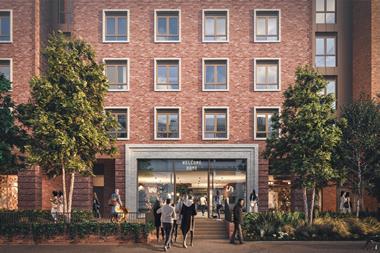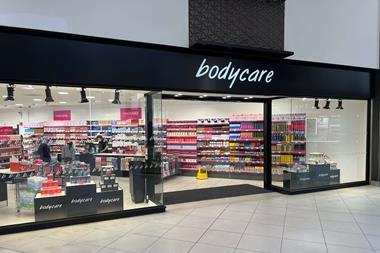The Local Data Company’s report revealing that vacancy rates in England and Wales had increased from 4 per cent to 12 per cent grabbed a lot of headlines last week.
But while the report’s overall figure didn’t surprise me, the analysis behind the headlines was fascinating.
Some key findings which merit more explanation were:
The north is clearly suffering more than the south. Of the top ten towns with the highest vacancy rates, five were in the north, three in the midlands and two in the south.
New shopping centres lead to high vacancy rates. The highest rate of all – 21.8 per cent - was recorded in Derby, where Westfield opened a centre which was far too big for the city two years ago. Blackpool and Liverpool, both of which have benefitted from new centres in the past year, follow in second and third.
Big cities aren’t immune. The conventional argument says that second tier centres are suffering most, but Leeds has a vacancy rate of over 20 per cent and Newcastle is only just outside the top ten two. Food for thought for those developers proposing two competing schemes in the centre of the Yorkshire city in particular.
The highest levels of churn – ie where tenants change during the course of the year – are found in second tier northern and midlands towns, particularly those with stronger shopping locations nearby. Wakefield is highest by miles, with a staggering 716 per cent increase in churn during the year – no wonder the city’s Trinity Wakefield scheme has ground to a halt.
Overall, the picture remains gloomy, and certainly doesn’t give those developers contemplating restarting work on developments any encouragement. The biggest challenge facing in-town retail at the moment is finding new roles for their secondary pitches, and I’ve yet to find a town or city that’s found a convincing solution to this growing problem.


























No comments yet